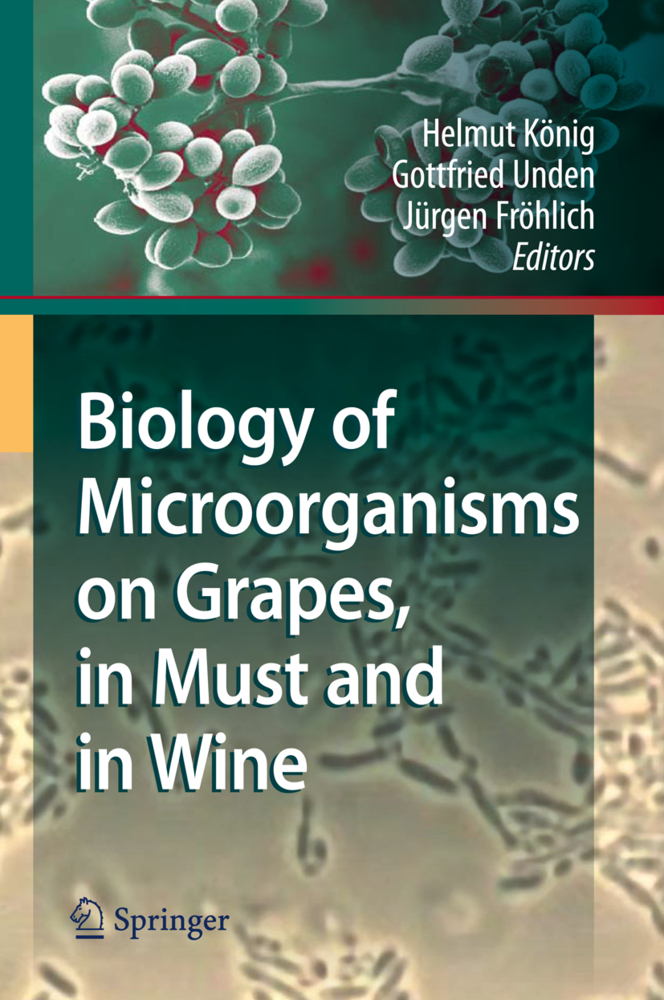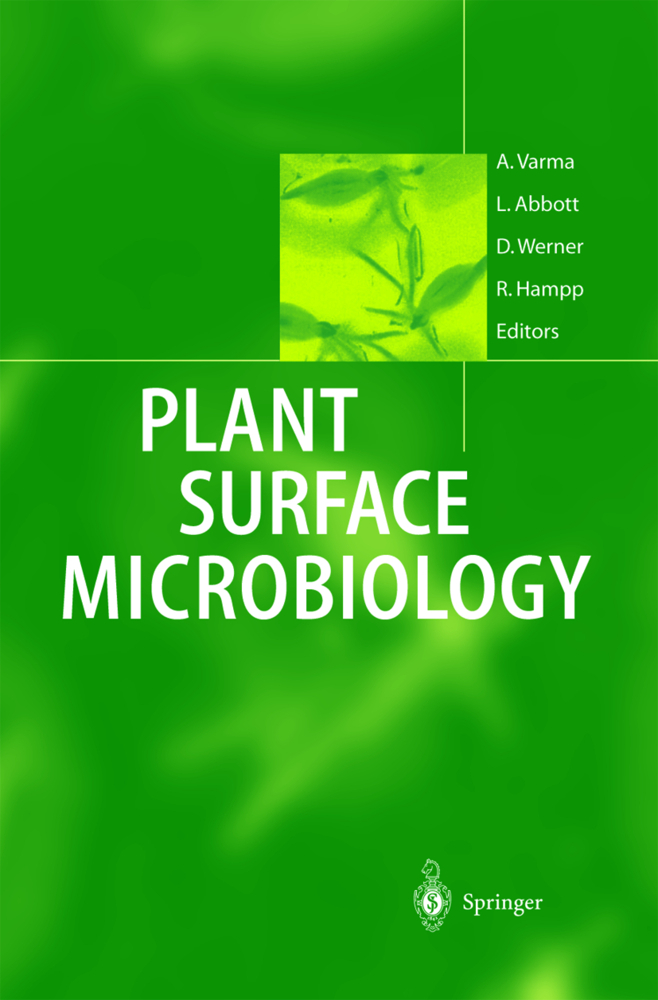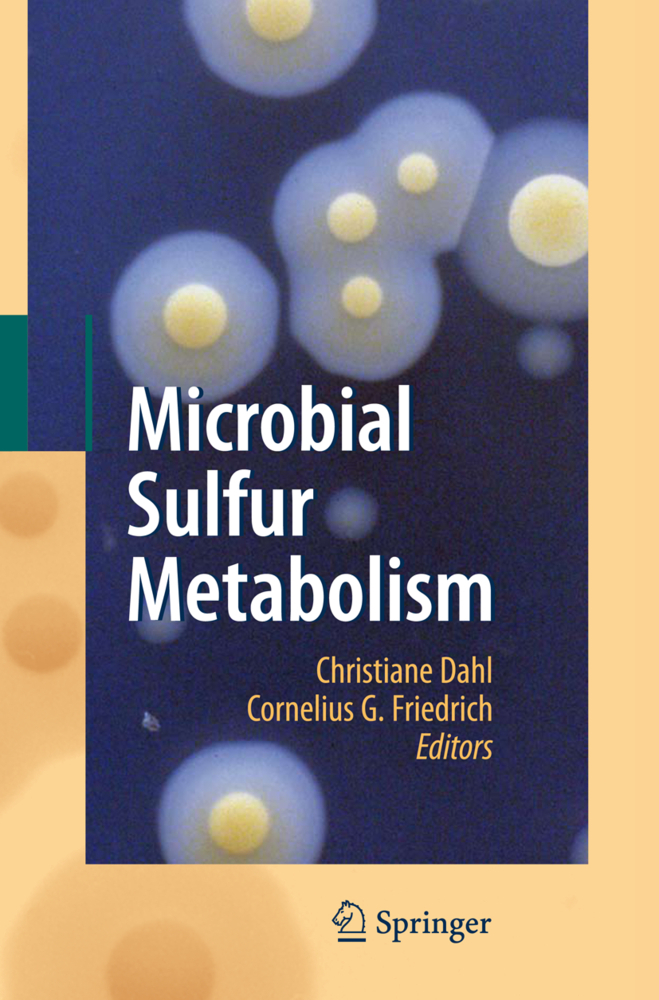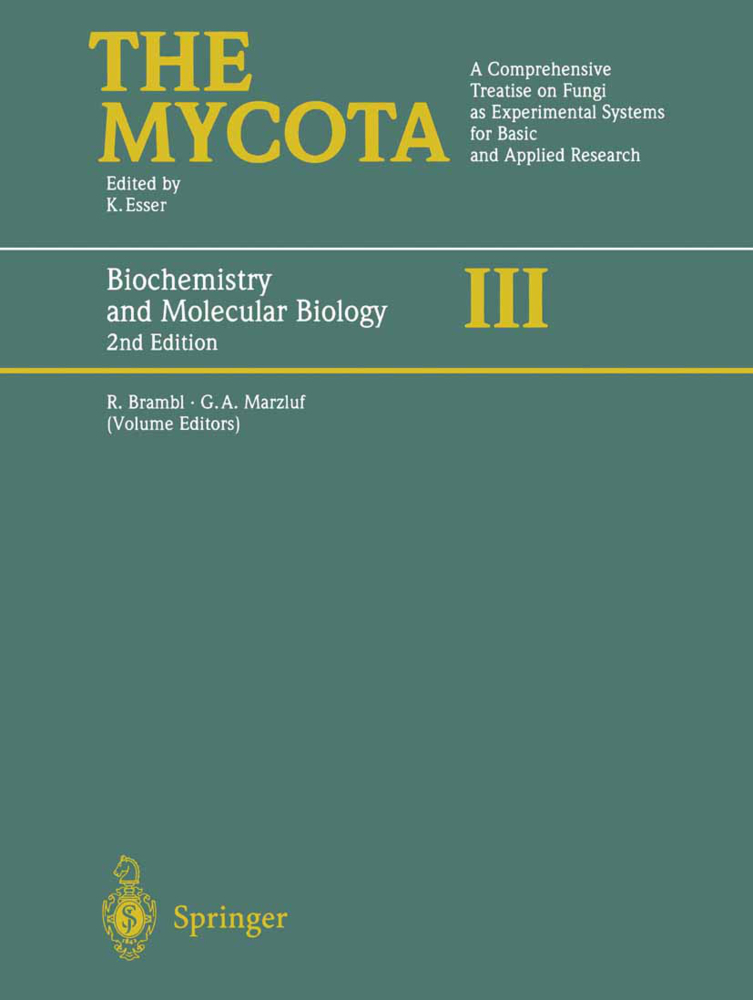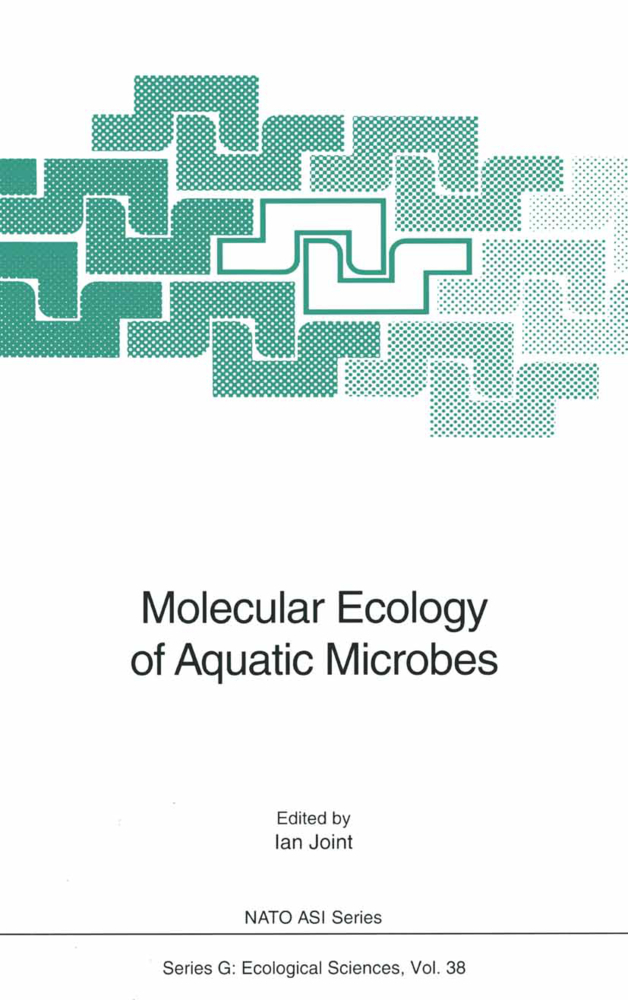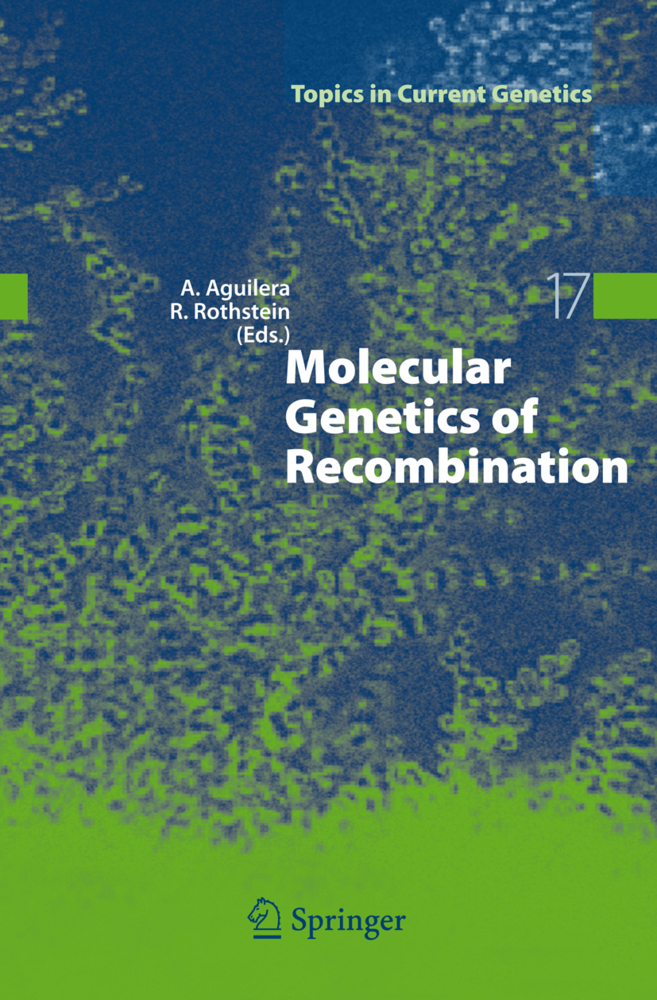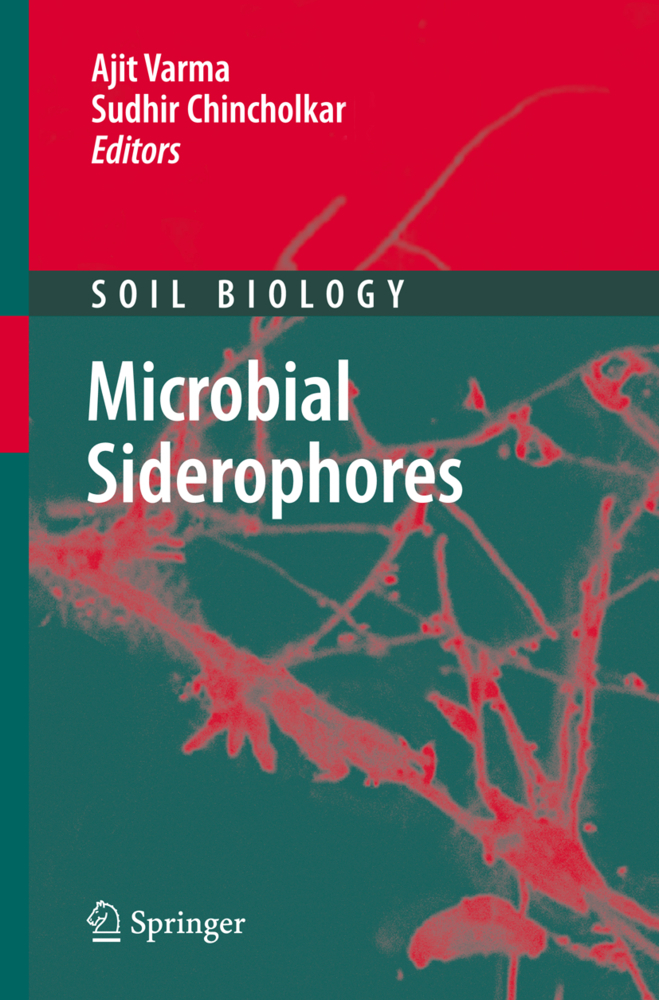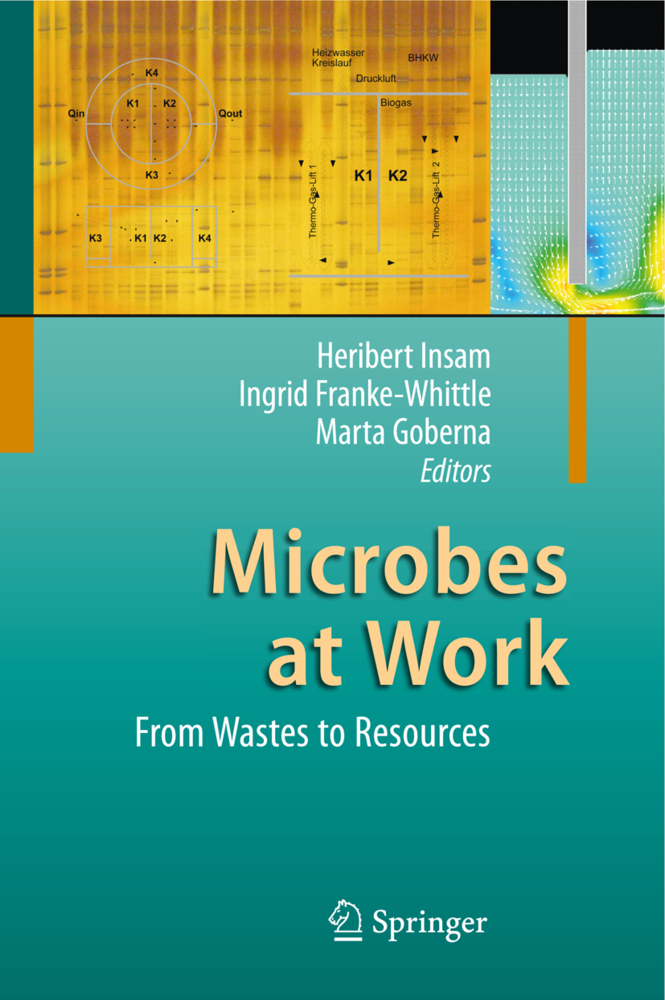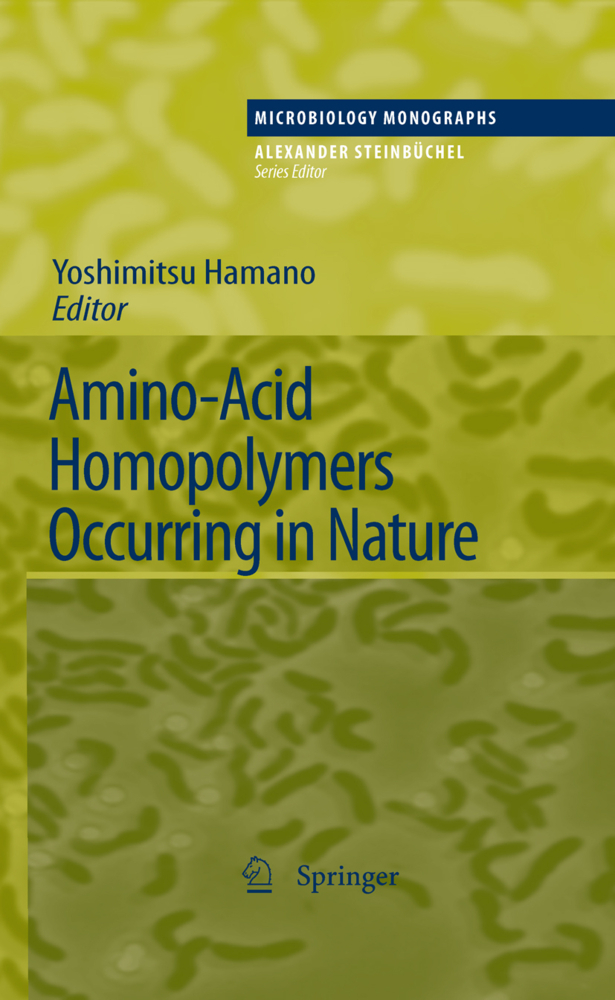Biology of Microorganisms on Grapes, in Must and in Wine
The ancient beverage wine is the result of the fermentation of grape must. This n- urally and fairly stable product has been and is being used by many human societies as a common or enjoyable beverage, as an important means to improve the quality of drinking water in historical times, as therapeutical agent, and as a religious symbol. During the last centuries, wine has become an object of scientific interest. In this respect different periods may be observed. At first, simple observations were recorded, and subsequently, the chemical basis and the involvement of microorg- isms were elucidated. At a later stage, the scientific work led to the analysis of the many minor and trace compounds in wine, the detection and understanding of the biochemical reactions and processes, the diversity of microorganisms involved, and the range of their various activities. In recent years, the focus shifted to the genetic basis of the microorganisms and the molecular aspects of the cells, including metabolism, membrane transport, and regulation. These different stages of wine research were determined by the scientific methods that were known and available at the respective time. The recent "molecular" approach is based on the analysis of the genetic code and has led to significant results that were not even imaginable a few decades ago. This new wealth of information is being presented in the Biology of Microorganisms on Grapes, in Must, and in Wine.
Acetic Acid Bacteria
Yeasts
Fungi of Grapes
Phages of Yeast and Bacteria
Primary and Energy Metabolism
Sugar Metabolism by Saccharomyces and non-Saccharomyces Yeasts
Metabolism of Sugars and Organic Acids by Lactic Acid Bacteria from Wine and Must
Transport of Sugars and Sugar Alcohols by Lactic Acid Bacteria
Secondary Metabolism
Amino Acid Metabolisms and Production of Biogenic Amines and Ethyl Carbamate
Usage and Formation of Sulphur Compounds
Microbial Formation and Modification of Flavor and Off-Flavor Compounds in Wine
Pyroglutamic Acid: A Novel Compound in Wines
Polysaccharide Production by Grapes, Must, and Wine Microorganisms
Exoenzymes of Wine Microorganisms
Stimulaling and Inhibitary Growth Factors
Physical and Chemical Stress Factors in Yeast
Physical and Chemical Stress Factors in Lactic Acid Bacteria
Influence of Phenolic Compounds and Tannins on Wine-Related Microorganisms
Microbial Interactions
Molecular Biology and Regulation
Genomics of Oenococcus oeni and Other Lactic Acid Bacteria
Genome of Saccharomyces cerevisiae and Related Yeasts
The Genome of Acetic Acid Bacteria
Systems Biology as a Platform for Wine Yeast Strain Development
Plasmids from Wine-Related Lactic Acid Bacteria
Rapid Detection and Identification with Molecular Methods
Maintenance of Wine-Associated Microorganisms
DNA Arrays
Application of Yeast and Bacteria as Starter Cultures.
Diversity of Microorganisms
Lactic Acid BacteriaAcetic Acid Bacteria
Yeasts
Fungi of Grapes
Phages of Yeast and Bacteria
Primary and Energy Metabolism
Sugar Metabolism by Saccharomyces and non-Saccharomyces Yeasts
Metabolism of Sugars and Organic Acids by Lactic Acid Bacteria from Wine and Must
Transport of Sugars and Sugar Alcohols by Lactic Acid Bacteria
Secondary Metabolism
Amino Acid Metabolisms and Production of Biogenic Amines and Ethyl Carbamate
Usage and Formation of Sulphur Compounds
Microbial Formation and Modification of Flavor and Off-Flavor Compounds in Wine
Pyroglutamic Acid: A Novel Compound in Wines
Polysaccharide Production by Grapes, Must, and Wine Microorganisms
Exoenzymes of Wine Microorganisms
Stimulaling and Inhibitary Growth Factors
Physical and Chemical Stress Factors in Yeast
Physical and Chemical Stress Factors in Lactic Acid Bacteria
Influence of Phenolic Compounds and Tannins on Wine-Related Microorganisms
Microbial Interactions
Molecular Biology and Regulation
Genomics of Oenococcus oeni and Other Lactic Acid Bacteria
Genome of Saccharomyces cerevisiae and Related Yeasts
The Genome of Acetic Acid Bacteria
Systems Biology as a Platform for Wine Yeast Strain Development
Plasmids from Wine-Related Lactic Acid Bacteria
Rapid Detection and Identification with Molecular Methods
Maintenance of Wine-Associated Microorganisms
DNA Arrays
Application of Yeast and Bacteria as Starter Cultures.
König, Helmut
Unden, Gottfried
Fröhlich, Jürgen
| ISBN | 978-3-540-85462-3 |
|---|---|
| Artikelnummer | 9783540854623 |
| Medientyp | Buch |
| Copyrightjahr | 2009 |
| Verlag | Springer, Berlin |
| Umfang | XVIII, 522 Seiten |
| Abbildungen | XVIII, 522 p. |
| Sprache | Englisch |

